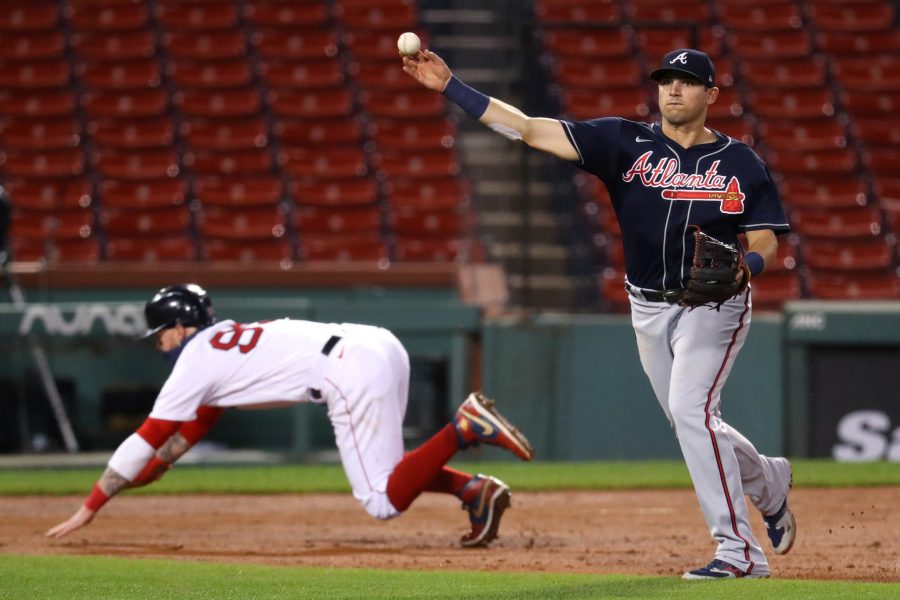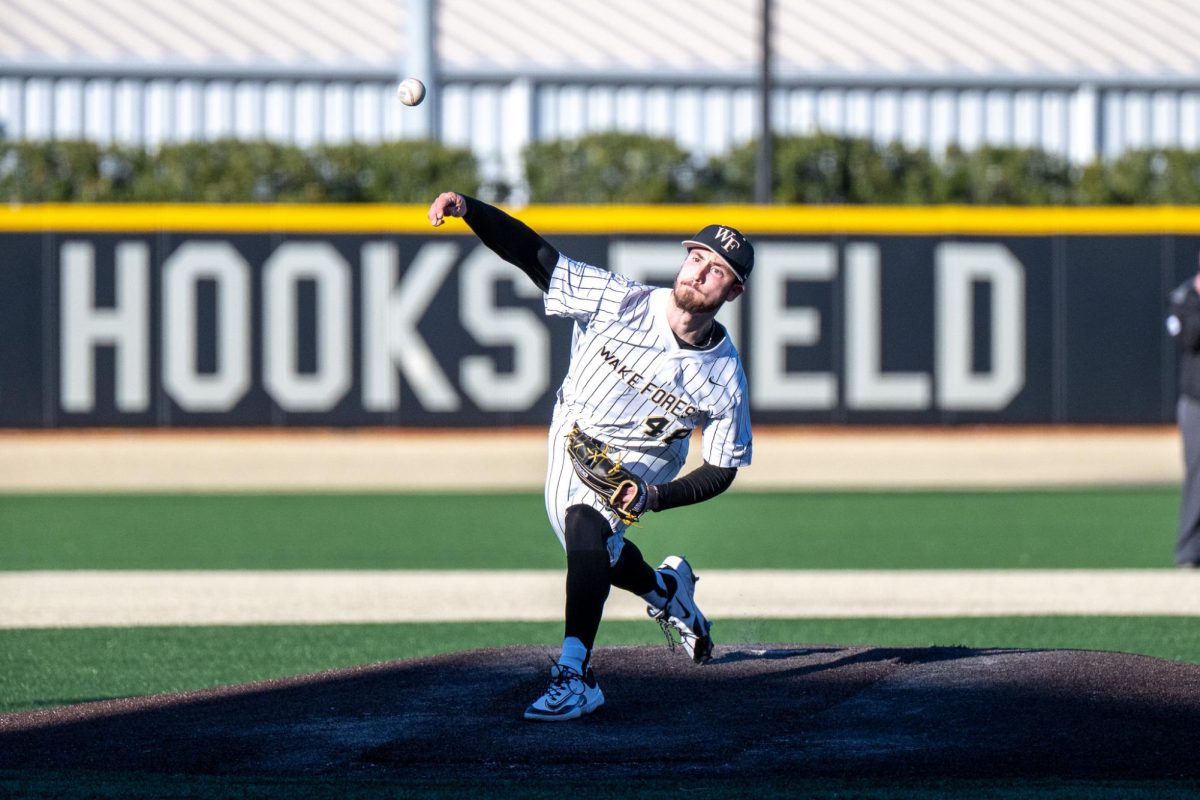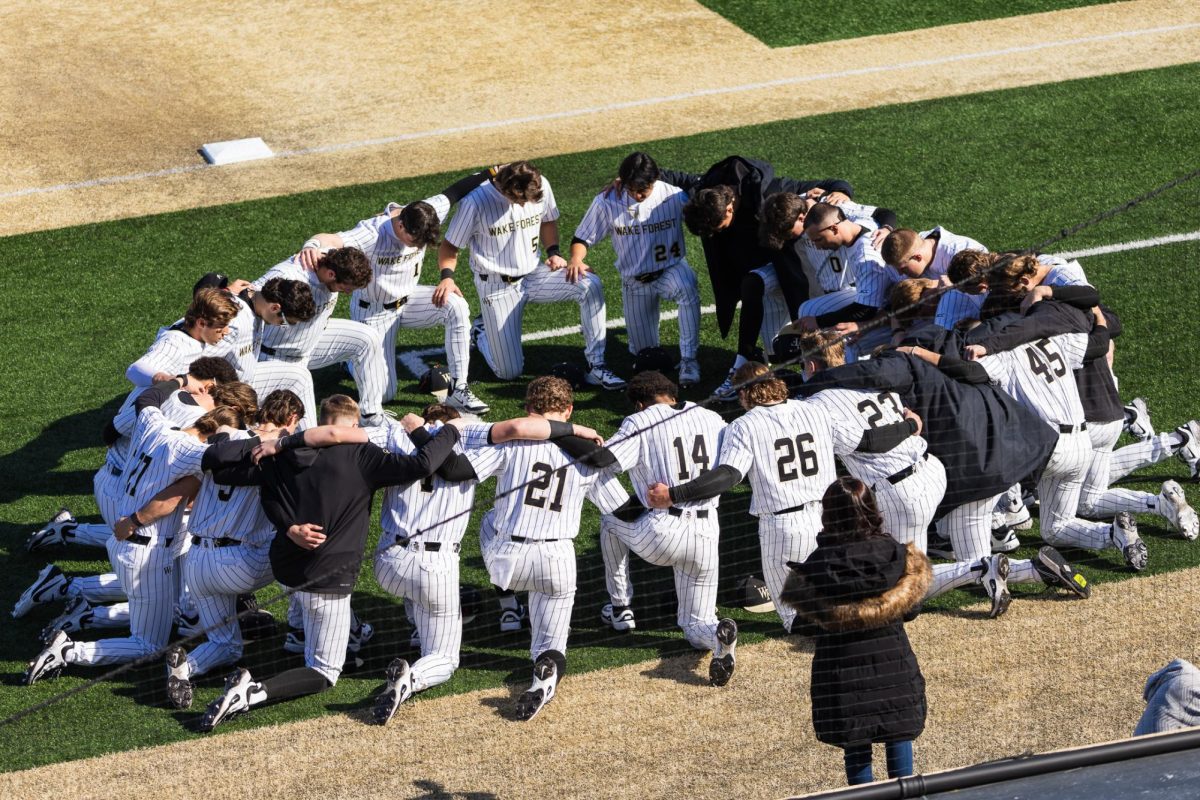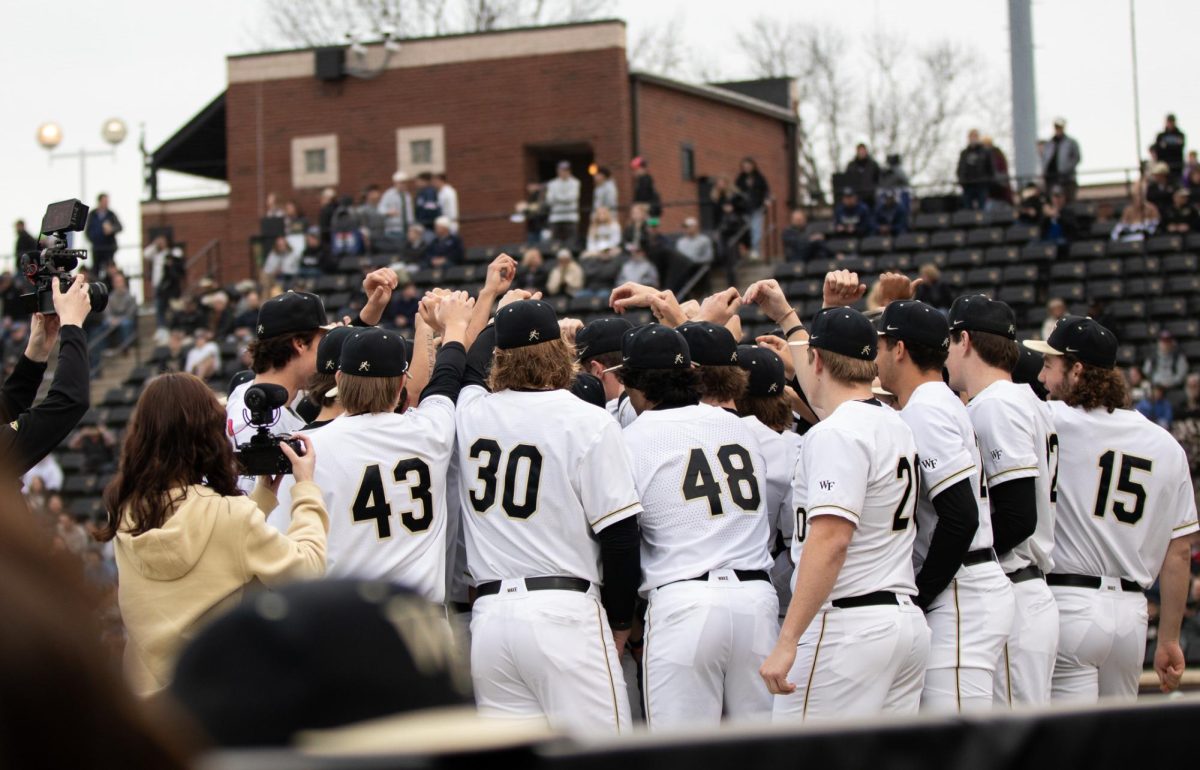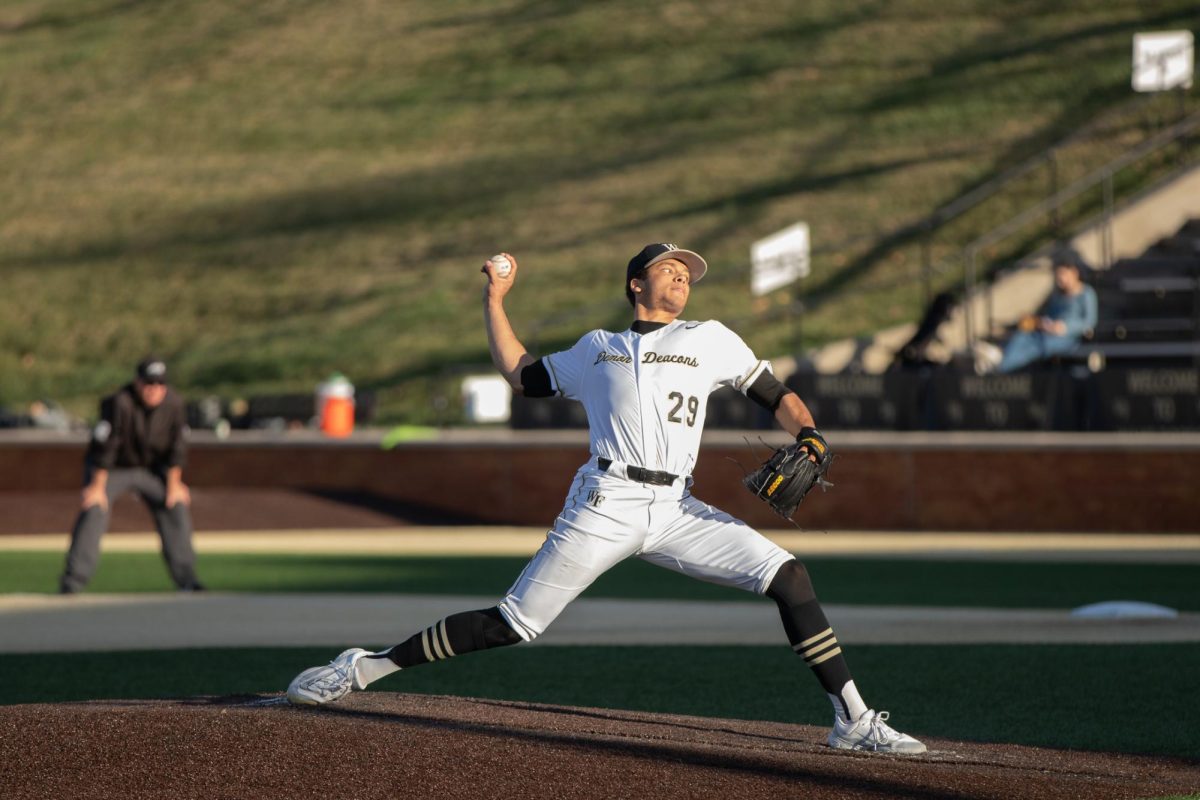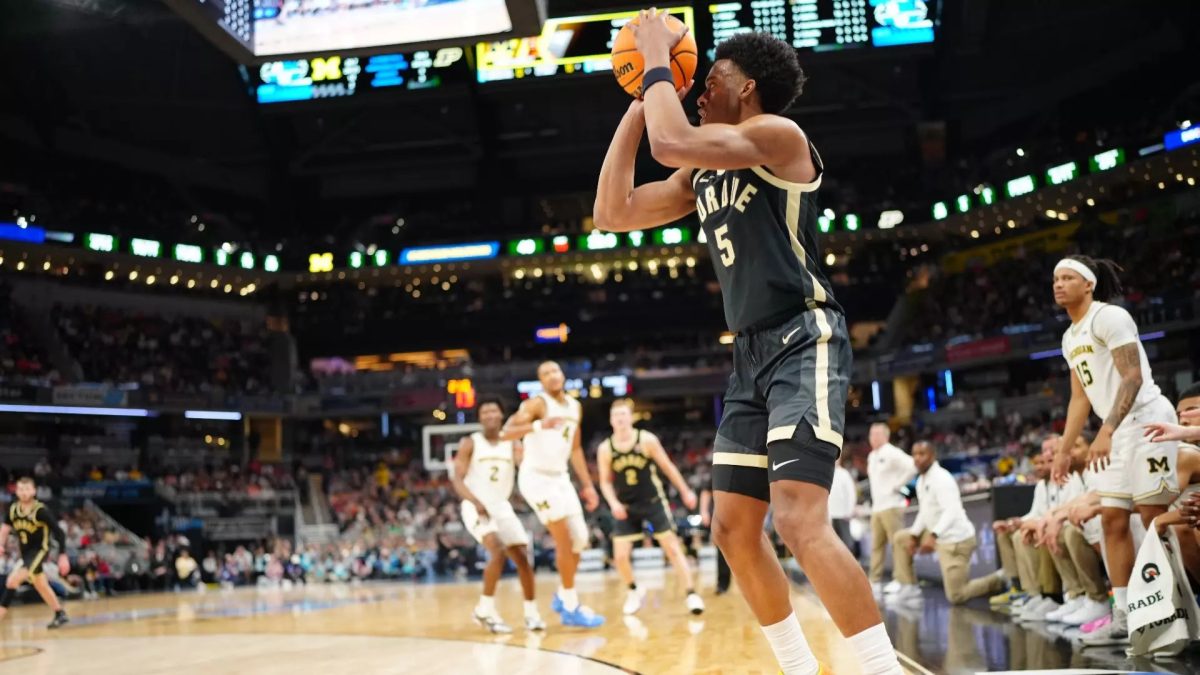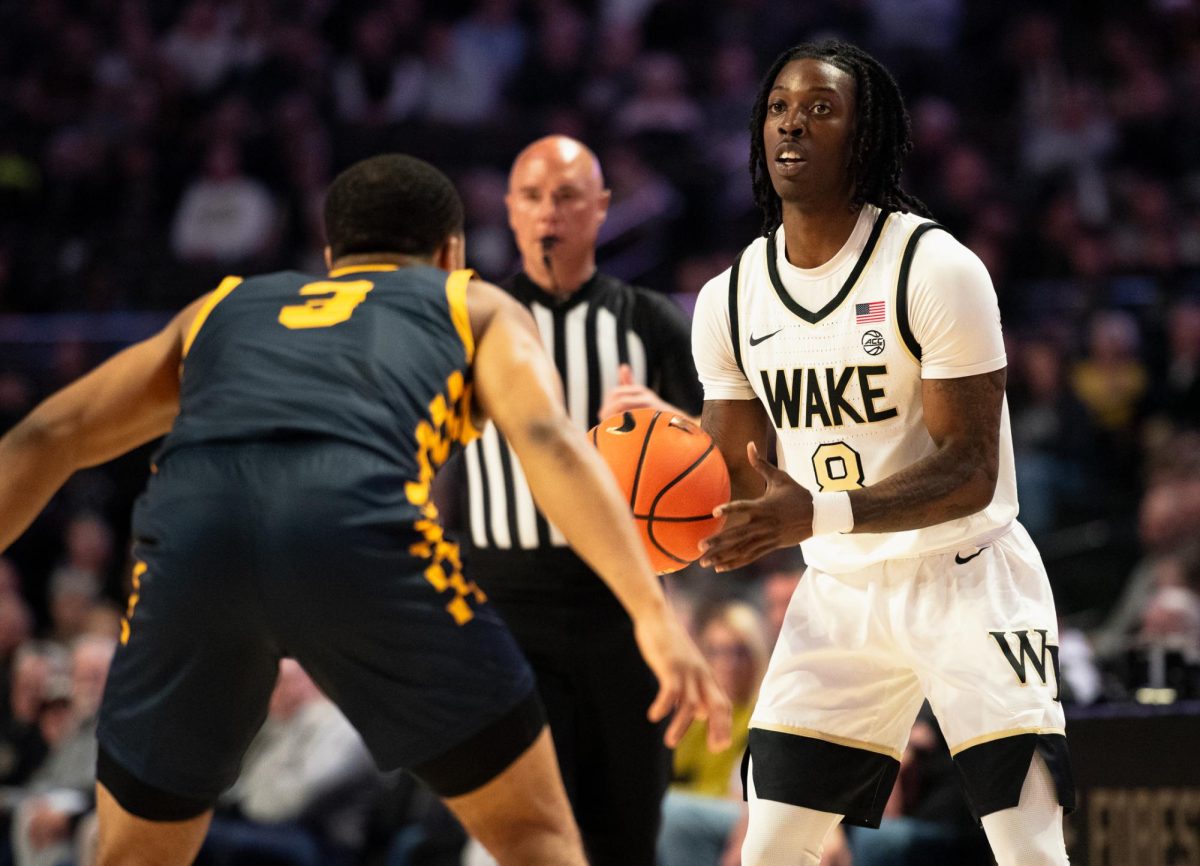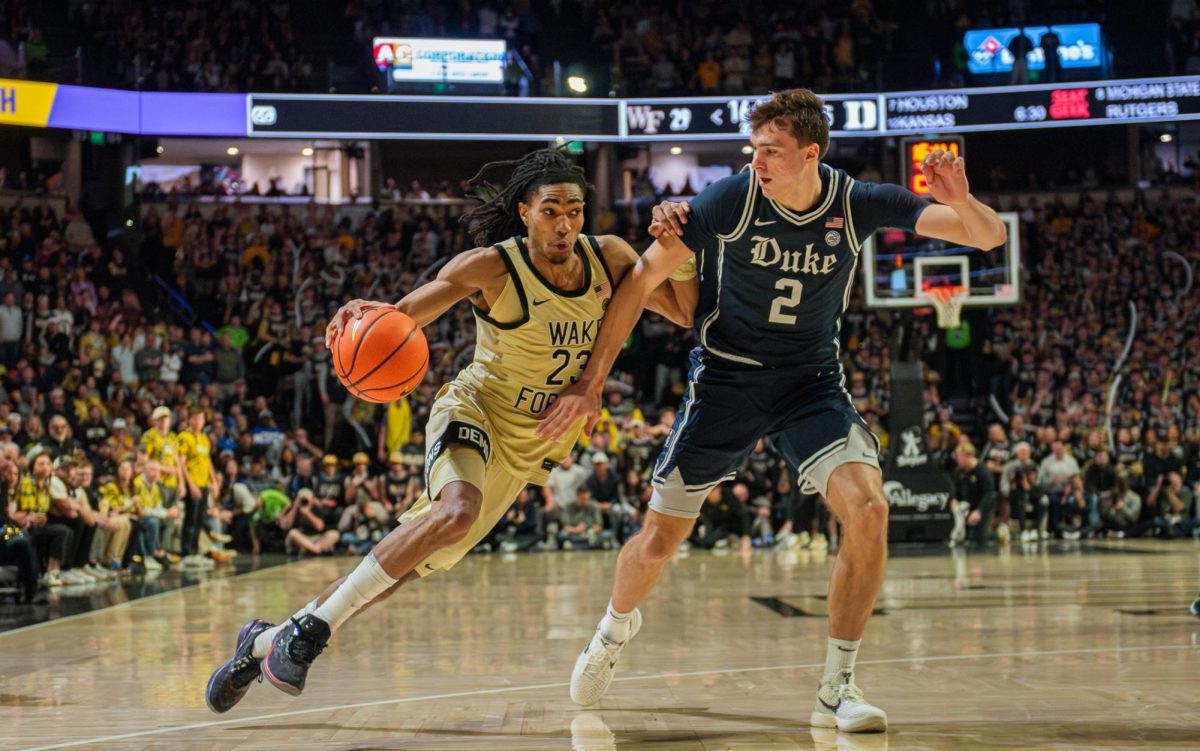As the NHL and NBA returned to finish their respective seasons ‘inside the bubble,’ the MLB took their own approach in resurrecting baseball amid the pandemic. Unlike the NHL and NBA which closed out their regular season when the pandemic struck, the MLB never got to start. Opening day was originally scheduled for March 26, so it was no surprise to see the start of the season indefinitely postponed as the pandemic ravaged states across the country. After a long and frustrating negotiation period between the players and owners, the season finally began on Thursday, July 23. Each team’s schedule was abbreviated to 60 regular season games, with a majority set against divisional opponents.
With 60 games to be played in essentially three months, the MLB announced in June that they would not take the bubble approach, and instead focus on enforcing COVID-19 safety protocols to keep any potential outbreaks at bay. Some of those measures include strict face covering requirements, reduced team capacity regulations, restrictions on outside activities and rigid travel protocols. Additionally, the league mandates that each player be tested for the coronavirus every other day. All of this equates to nothing short of a logistical nightmare, requiring extensive amounts of money, time, and resources. And it’s not quite working.
The MLB has already seen multiple COVID-19 outbreaks. Shortly after the season began, there were outbreaks among both the Miami Marlins and St. Louis Cardinals, resulting in serious conversations about shutting down the season altogether. In the Marlins case, 17 of 33 traveling players tested positive before the team played their first game. Such eye-opening results caught national attention when the nation’s top infectious disease expert, Dr. Anthony Fauci, took to national television and said the early results didn’t bode well for the MLB’s plans to complete a full season. League officials took this as a wake-up call and quickly revised and intensified protocols. Those are kind-of working.
While the MLB has not released their official league COVID-19 statistics for the past few weeks, on Aug. 7 they reported only 13 positives of 13,043 tests taken, a 0.1% positivity rate. To date, positive COVID-19 tests have postponed a total of 38 games across 13 different team schedules. Many teams have seen a few positive results, but have managed to keep them under control through contact tracing and social distancing. Problems have persisted, nonetheless. As recently as Aug. 30th, a game was cancelled when a member of the Oakland Athletics organization tested positive.
As is the case with any large organization during this time, the MLB never denied the possibility of players or personnel contracting COVID-19 if there was to be a season played. The decision was made by team owners and the players union that the risk was worth the reward. Put simply, there was too much money at stake to forgo playing the entire 2020 season, a sentiment which may sound familiar.
With the regular season set to wrap up in October, one question remains: why didn’t the MLB choose to conduct their season in a bubble? Neither the NHL nor the NBA has reported a single positive test from inside their respective bubbles. No games have had to be postponed due to positive results, and things have been running smoothly.
The NFL is certainly monitoring the progress of all three leagues closely. As of now, the league has announced no plans to carry out their 2020-21 season in a bubble. Instead, they will follow the same path as the MLB, with each team playing in their home stadium, and other teams traveling cross-country, weekly, to compete. The NFL will have considerably less wiggle room than the MLB does, considering each team is scheduled to play 16 games in 17 weeks. While baseball can squeeze two shortened games into a single day with ease using their modified seven-inning double-header rules, the same cannot be done for football. This bears the question, what happens if NFL players contract COVID-19 and games start to get cancelled?
Plans are already in the works to create bubble-esque environments in both California and Texas for postseason baseball; however, as with the rest of the world, the MLB’s plans remain entirely tentative, as the ongoing COVID-19 pandemic requires increased flexibility on everyone’s part.



